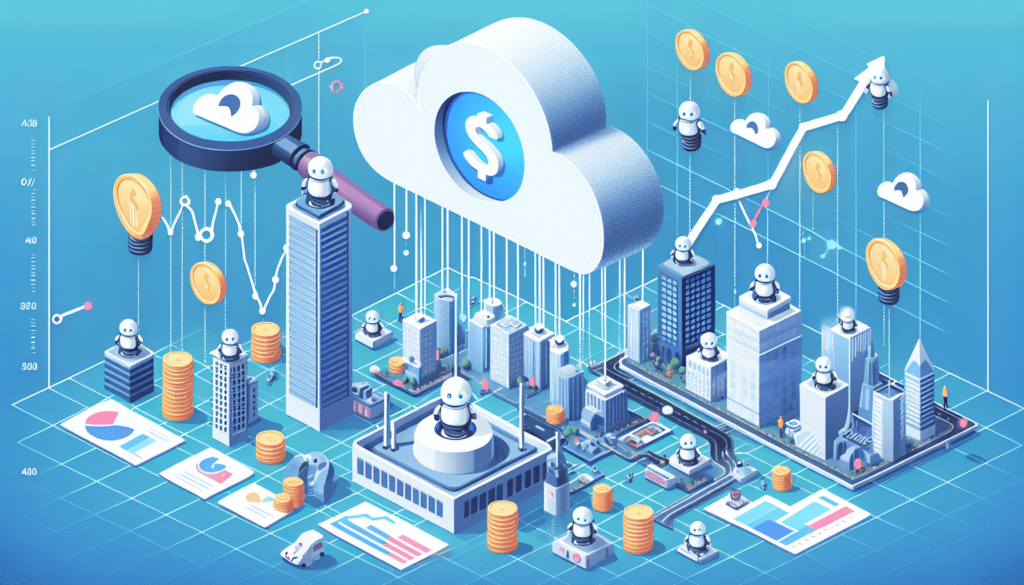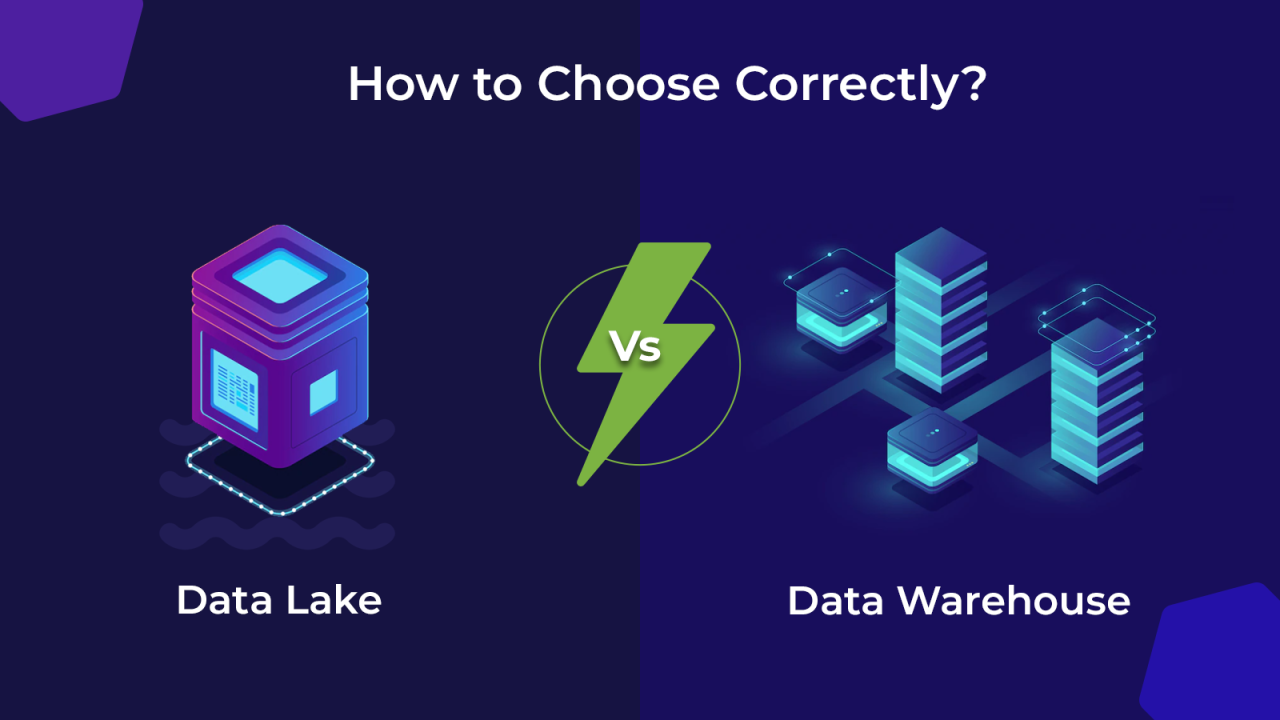The digital landscape for business operations is evolving at an accelerating pace. This makes the selection of the right software platform more crucial than ever for achieving efficiency and scalability. In 2025, the strategic utilization of integrated software suites is moving beyond mere productivity enhancement.
These suites are becoming the central nervous system for modern enterprises. They allow for seamless data flow, hyper-personalized customer engagement, and sophisticated automated decision-making. The traditional siloed approach to business functions is rapidly giving way to unified platforms.
These platforms are powered by cloud technology and embedded Artificial Intelligence (AI). Organizations must meticulously evaluate their software stacks, prioritizing tools that offer robust integration and future-proofing features. Successfully navigating this complex marketplace is the single most important factor determining an organization’s agility and capacity for sustained growth.
This comprehensive guide will detail the top business software categories and specific tool recommendations for 2025. We will focus on solutions that leverage cutting-edge technology to deliver tangible operational benefits. We will explore the leading platforms in Customer Relationship Management (CRM), Enterprise Resource Planning (ERP), and specialized tools for Human Resources.
Customer Relationship Management (CRM) Platforms
Customer Relationship Management (CRM) software is the cornerstone of modern sales, marketing, and customer service operations. By 2025, CRM systems are essential for maintaining a single, unified view of the customer journey. This enables hyper-personalized interactions at every touchpoint.
A. Salesforce Sales Cloud (The Ecosystem Leader)
Salesforce remains the dominant player, recognized for its core Sales Cloud and its extensive, integrated ecosystem. Its strength lies in its scalability and vast marketplace of third-party integrations.
A. Core Functionality: It offers robust tools for lead management, sales pipeline tracking, forecasting, and seamless integration with marketing automation. The platform’s customizability is key for enterprise needs.
B. AI Integration (Einstein): Salesforce’s built-in AI, Einstein, provides predictive analytics. It recommends the next best action for sales reps and automates data entry tasks, significantly boosting sales efficiency.
C. Best For: Large enterprises and fast-growing mid-market companies requiring a highly customizable, end-to-end platform with complex integration requirements.
B. HubSpot CRM (The Inbound Marketing Champion)
HubSpot is highly favored by marketing-driven companies and small-to-midsize businesses (SMBs). This is due to its user-friendly interface and deep native integration with its own marketing and service hubs.
A. Core Functionality: It offers free-tier accessibility and easy-to-use tools for contact organization, task management, and communication tracking. Its strength is in simplifying the sales process.
B. Marketing Synergy: Its primary advantage is the seamless flow of data between its CRM and marketing automation tools. This allows sales reps to track lead engagement from the very first touchpoint.
C. Best For: SMBs, startups, and organizations dedicated to an inbound marketing strategy. They prioritize ease of use and rapid deployment.
Enterprise Resource Planning (ERP) Solutions
Enterprise Resource Planning (ERP) systems integrate all core business processes. This includes finance, HR, manufacturing, and supply chain, into a single, unified system. Modern ERP is cloud-native and driven by real-time data.
A. SAP S/4HANA Cloud (Enterprise Data Backbone)
SAP S/4HANA Cloud is the gold standard for large-scale, complex organizations. This is particularly true for those in manufacturing, retail, and life sciences. It provides the definitive source of truth for all transactional data.
A. Core Functionality: It manages complex financial accounting, controlling, material management, and production planning. Its in-memory database allows for real-time reporting and analytics.
B. Industry-Specific Templates: SAP offers pre-configured solutions tailored to specific industry regulations and processes. This reduces implementation time for complex global companies.
C. Best For: Global enterprises with complex logistical, manufacturing, and financial reporting requirements seeking maximum data integrity and integration.
B. Oracle Fusion Cloud ERP (Integrated Cloud Power)
Oracle’s modern cloud ERP offering competes directly with SAP. It emphasizes end-to-end automation and deep integration with its broader suite of applications, including HCM and SCM.
A. AI and Machine Learning: The platform embeds AI for anomaly detection in financial transactions and predictive forecasting across the supply chain. This enhances auditability and planning accuracy.
B. Continuous Updates: As a true cloud-native solution, it receives continuous feature and security updates. This ensures companies are always on the latest version without disruptive, manual upgrades.
C. Best For: Large organizations looking for a unified, modern, and highly automated cloud-based ERP solution that scales reliably across global operations.
Collaboration and Project Management Tools
The hybrid work model of 2025 demands integrated platforms that facilitate seamless communication, document sharing, and project tracking. These tools bridge the gap between remote and in-office teams.
A. Microsoft 365 and Teams (The Productivity Suite)
Microsoft 365 remains the most widely adopted productivity suite, with Teams acting as the central collaboration hub. Its strength lies in the deep integration across its core applications.
A. Core Integration: Teams seamlessly integrates chat, video conferencing, file sharing (SharePoint), and document editing (Word, Excel) into a single user interface. This minimizes context switching.
B. Copilot (Generative AI): The introduction of Copilot embeds generative AI directly into the platform. It automates note-taking, summarizes meetings, drafts emails, and generates complex spreadsheets.
C. Best For: Virtually all organizations, especially those already leveraging Microsoft’s ecosystem, needing a secure, comprehensive, and AI-enhanced platform for daily communication and document creation.
B. Atlassian Jira and Confluence (Agile and Development Focus)
Atlassian is the standard-bearer for software development teams and organizations practicing Agile methodologies. Jira handles complex task tracking, while Confluence serves as the shared knowledge base.
A. Task and Workflow Management: Jira offers unparalleled customization for tracking complex issues, sprints, and project backlogs across development teams. Its granular control is essential for software engineering.
B. Knowledge Management: Confluence acts as a wiki and document repository. It ensures all project documentation, meeting notes, and team policies are centralized and easily searchable.
C. Best For: Software development teams, IT operations (DevOps), and organizations that need robust, highly structured, and customizable workflow management for complex, technical projects.
Data Visualization and Business Intelligence (BI)

In a data-driven business environment, the ability to quickly transform raw data into actionable visual insights is paramount. BI tools are now leveraging AI for advanced query and predictive analysis.
A. Microsoft Power BI (Ecosystem Integration and Accessibility)
Power BI is a leading BI tool, primarily due to its integration within the Microsoft ecosystem and its accessibility. It offers a powerful combination of robust analysis and intuitive visualization.
A. Data Connectivity: It connects seamlessly to hundreds of data sources, including Excel, SQL, Azure, and third-party cloud apps. This simplifies the process of creating integrated dashboards.
B. User Adoption: Its user-friendly interface and familiar Microsoft environment contribute to high adoption rates across departments. This empowers non-data scientists to build reports.
C. Best For: Organizations already using Microsoft 365/Azure and those seeking a powerful, cost-effective BI platform with strong collaborative features.
B. Tableau (The Visualization Specialist)
Tableau is renowned for its advanced visualization capabilities and ability to handle massive, complex datasets. It specializes in interactive dashboards that allow users to deeply explore data stories.
A. Interactive Storytelling: Tableau excels at creating visually stunning and highly interactive dashboards. This helps users quickly grasp complex business performance metrics.
B. Advanced Analytics: It offers powerful features for statistical analysis, data blending, and predictive modeling. It is favored by dedicated data science and analytics teams.
C. Best For: Data-intensive industries and companies requiring sophisticated data exploration, visualization, and advanced analytical capabilities.
Human Capital Management (HCM) Suites
Human Capital Management (HCM) suites integrate all HR functions, from recruitment and payroll to performance management and professional development. Modern HCM is deeply focused on employee experience and retention.
A. Workday (Cloud-Native HCM Leader)
Workday is the premier cloud-based HCM solution for large enterprises. It is celebrated for its unified system that integrates finance and HR data seamlessly.
A. Unified System: By combining HR, finance, and planning into a single application, Workday ensures that headcount planning, payroll, and budget management are always aligned. This relies on the same real-time data.
B. Employee Experience Focus: It offers intuitive mobile capabilities and self-service features for employees and managers. This streamlines processes like time-off requests and performance reviews.
C. Best For: Large, multinational enterprises seeking a single, modern platform to manage complex global HR and financial planning.
B. BambooHR (SMB Specialist)
BambooHR focuses on providing a simple, scalable, and employee-centric HCM solution tailored specifically for small and growing businesses. It emphasizes user experience over complexity.
A. User-Friendly Interface: The platform is known for its clean design and ease of navigation. This dramatically reduces the learning curve for HR staff and employees.
B. Recruitment and Onboarding: It includes robust applicant tracking system (ATS) features and streamlined onboarding workflows. This ensures a positive start for new hires.
C. Best For: Small and midsize businesses transitioning from manual processes (like spreadsheets) to an integrated, modern HR management system.
Emerging Software Trends: The AI and Cloud Mandate
Beyond core business functions, two overarching technology trends define the evolution of all successful business software in 2025. These are the mandatory integration of AI and a commitment to true cloud-native architecture.
A. AI as a Core Functionality
AI is shifting from an add-on feature to a core expectation. All leading business software is now leveraging AI and machine learning (ML) to enhance productivity and decision-making.
A. Predictive Analytics: AI forecasts future outcomes (e.g., customer churn, equipment failure, sales results) based on historical data. This allows for proactive intervention across all departments.
B. Generative Automation: Tools like Copilot and advanced features in ERP systems use generative AI to draft initial content, summarize complex documents, and automate code generation. This massively improves knowledge worker efficiency.
C. Process Optimization: AI algorithms continuously analyze operational workflows (e.g., supply chain routes, billing cycles) to suggest and implement optimal process adjustments in real time.
B. Cloud-Native and Headless Architecture
The most competitive software solutions are built on a modern, cloud-native foundation. This allows for flexibility, scalability, and continuous deployment, moving away from legacy on-premise systems.
A. Scalability and Resilience: Cloud-native architecture ensures systems can instantly scale up or down based on demand. This provides resilience against unexpected traffic spikes or seasonal business cycles.
B. API-First Integration (Headless): Modern systems use standardized APIs to connect seamlessly. This “headless” approach allows companies to mix and match the best tools for each function, minimizing vendor lock-in.
C. Continuous Deployment: Updates, security patches, and new features are deployed instantly and continuously. This ensures users always benefit from the latest technology without disruption.
Conclusion

Choosing the right business software in 2025 is a critical strategic imperative. This transcends simple IT purchasing decisions. The future demands integrated platforms, not siloed applications. Leading Customer Relationship Management (CRM) platforms are crucial for unifying customer data and driving personalized engagement.
Enterprise Resource Planning (ERP) giants provide the essential data backbone, integrating finance, supply chain, and manufacturing into a single source of truth. Furthermore, collaboration and productivity tools must support the pervasive hybrid work model. Data visualization tools must leverage AI to turn complex data into actionable insights for the entire organization.
Finally, all successful software platforms are defined by their cloud-native architecture and the mandatory integration of generative AI. This provides predictive power and massive efficiency gains. By prioritizing these modern, AI-augmented, and integrated platforms, businesses can successfully future-proof their operations and achieve sustained agility in a rapidly evolving digital economy.










